Indie dev Rose-engine launched its debut game, Signalis, one year ago today to high praise. Signalis follows the story of Elster, a robot looking for her lost girlfriend in a lonely space factory haunted by androids who have been corrupted. It’s a vibe!
For us here at The Punished Backlog, Signalis was the #1 pick on our ever-growing pile of games we meant to get to from last year. A group of us got together to play Signalis and we’ve gathered our thoughts in this one-year retrospective. We talk about what we loved, what scared the shit out of us, and what we still have questions about.

Want a Good Scary Video Game for Halloween? Try Signalis
Amanda Tien (AT): When I think of Signalis, I first picture its PS1-styled combat, vibrant aesthetics, and its lonely story. It’d be a great game if you’re in the mood to play spooky games for Halloween or something (not that I ever would, because I’m a big baby). As you wander around levels, never knowing what’s about to jump out you, you occasionally hear blood-curdling shrieks.
Clint Morrison, Jr (CM): The screams sent chills through me every time. It was the creepiest experience that I had while playing a video game this summer.
AT: And that says a lot, because you actually play horror games!
CM: I’m so glad that this was our shared backlog game this year! Signalis completely changed the way that I thought back on Kojima’s Metal Gear Solid (MGS) series and what I thought I wanted out of the creator of MGS’s Silent Hills.

Jason Toro (JT): This is one of the first horror games that I’ve played and legitimately enjoyed. The ability to ignore the minor jumpscares and focus on enemies in a resource-based perspective was not in my mind while I was playing games like Dead Space. I’m surprised that Signalis was the first game to really help me see that, even if the interesting story probably jumped right over my head.
Sam Martinelli (SM): I would say I respect Signalis more than I actually like it. While I didn’t get very far (maybe just two or three hours), I could tell the people behind this project had a clear vision they ended up creating, with a really cool visual style and neat callbacks to PS1-era horror gameplay. That said, I didn’t really like that type of game back in the 90s, and I don’t really like it now.
AT: What about you, Kei? Did you like Signalis?
Kei Isobe (KI): I was wavering for 2/3s of the game, but ultimately, yes.
AT: The music, also made in-house by Rose-engine, is suitably spoopy. (If you’re feeling brave, listen to the original soundtrack while you read on).
The Claustrophobic Level Designs of Signalis
AT: Given that atmosphere, what did we think of the experience of the level design? Elster’s primarily investigating different floors of a factory where something very bad has happened. She, and the player, descend ever further into the building to try and find out what’s going on and to find her girlfriend.
JT: I found the design enchanting. Almost all maps were extremely tight, with most rooms given an explicit purpose that helped with exploration and puzzle-solving. The only area I didn’t like was Nowhere. I know the lack of map was important to the atmosphere of the area. I just didn’t like it.
AT: Me neither, I found it really stressful and overly icky lol.
JT: Oh, and the music and sound design was beautiful, with screams starting fights and otherwise barely anything to make you feel all alone.
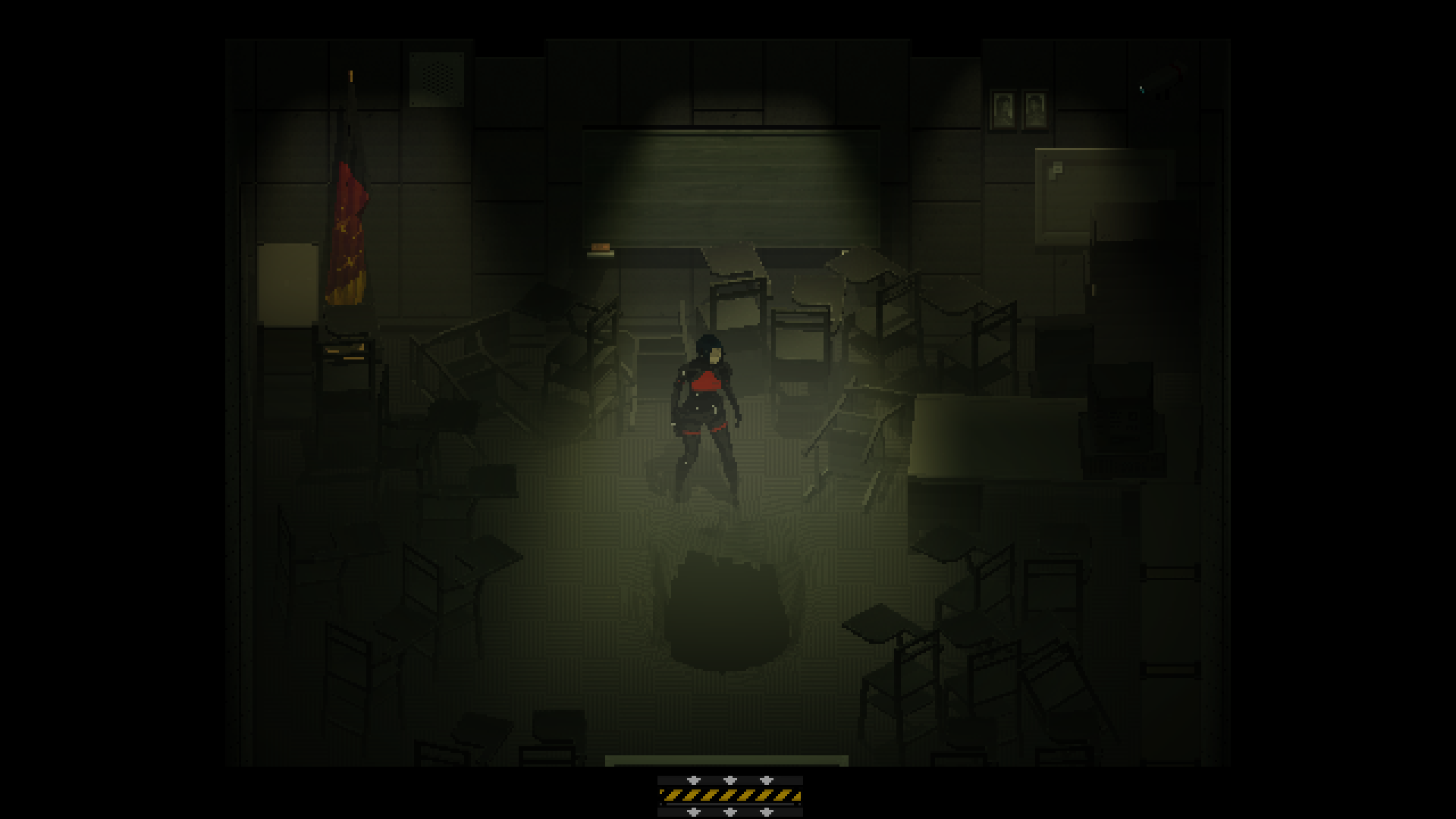
CM: The game layers these fears through a series of carefully designed spaces. The developers leaving players without a map in later levels further enhances the player’s anxieties and dependence on various design choices.
KI: I found the puzzles in this game to be a type of puzzle I’ll call “logic bullshit.” It is logical, but in the sense that you are just trying to connect as many dots in whatever ways possible, and you throw things at the wall until they stick. I found the amount of circling back and around, as well as the inventory management, to be very well balanced.
Signalis is a labor of love—a game that loves the works that inspired it, a game of eldritch horror that questions the meaning of love altogether—and I’m glad I played it.
– Kei Isobe
SM: The sound design is quite impressive, though the level design is too labyrinthine for the slow and cumbersome nature of the player character.
AT: That’s fair, Elster is indeed really blocky to move around, which does make fighting a bit annoying…
Intentionally Clunky Combat to Heighten Stress
AT: This game’s combat is a very specific style. Apparently it’s reminiscent of old school top-down horror games (wouldn’t know because am scared baby). What did you think of the combat and gameplay?
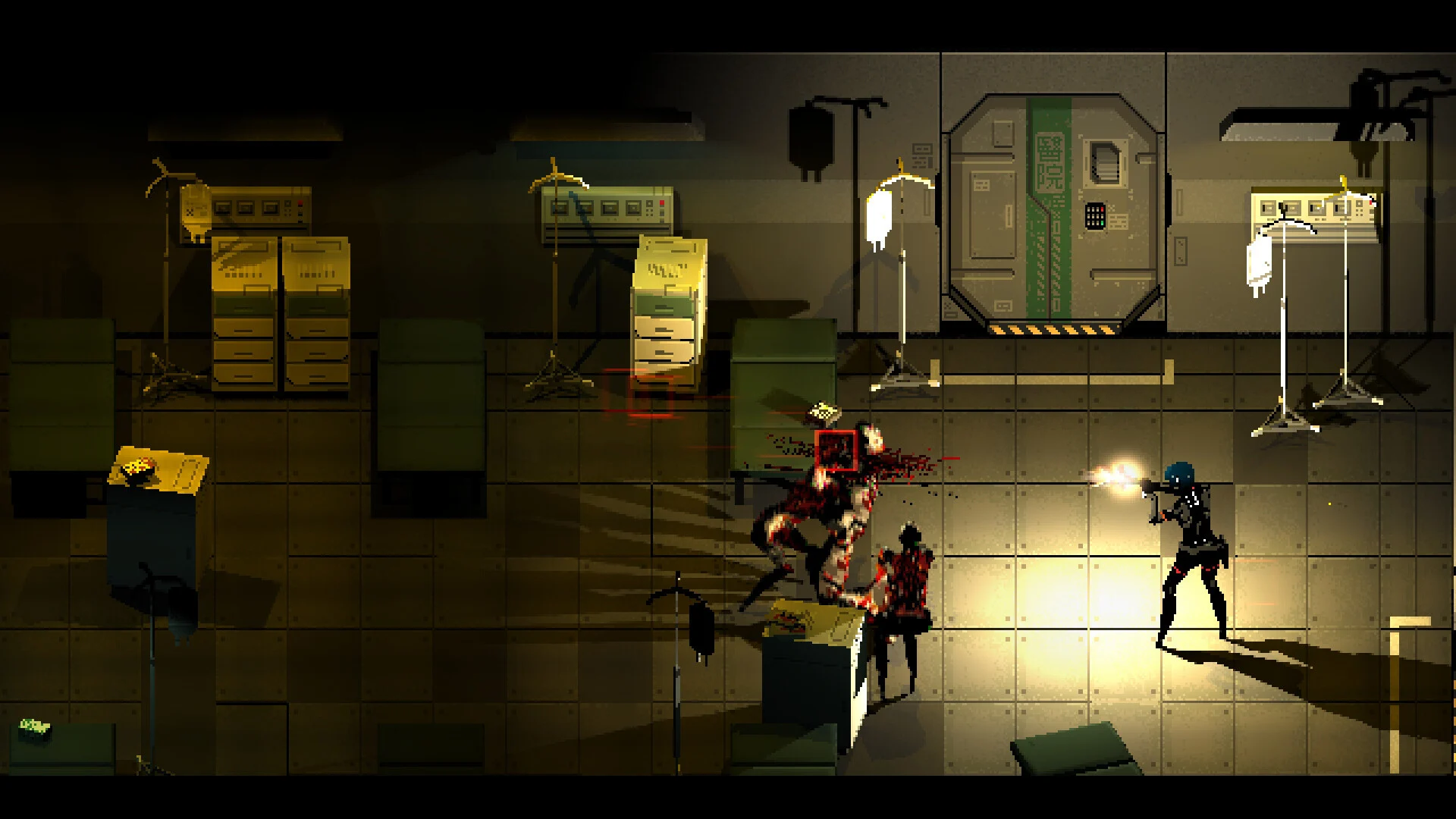
CM: The gameplay took me back to the PS1’s Metal Gear Solid. I liked that I could *kind of* be stealthy. The switches to first-person further added to this feeling. In MGS, first-person view was reserved combat scenarios; Signalis subverts that expectation by using its first-person segments to be introspective. I found solace reading lines of poetry on an abandoned beach. This nicely juxtaposed the tension felt navigating the game’s top-down perspective, eerie music, and the occasional screeching Storch.
SM: It does what it’s supposed to do: feel intentionally clunky and awkward so even a single enemy combatant becomes a massive threat. I wouldn’t call that “fun” necessarily, but it does contribute to overall atmosphere of dread and panic. Also, while I understand capacity limits and ammo scarcity, it can be frustrating when it’s literally the crux of every single combat encounter.
AT: I found it less frustrating and more like an exciting challenge. In Signalis, Elster can only ever carry six items at a time. So you’re having to be really intentional about what bullets or weapons you take with you, what clues you think you want to have on-hand… I thought it was a great way to add another layer of intentionality for the gamer.
KI: There were only one or two times I felt truly frustrated by the inventory limit, though in those times I did have to spend minutes backtracking and running around. I think my takeaway from this game is that lesbians can only carry six things.
AT: Ha!
JT: I also liked the resource management aspect. As a big RPG guy who is used to taking out every fight that I’ve ever seen, slowing down and considering my ammunition was fresh. It gave my something to focus on that wasn’t the horror elements (I am also a big sissy baby). The resource management aspects were grinding, but offered unique challenges very different than games I normally play. 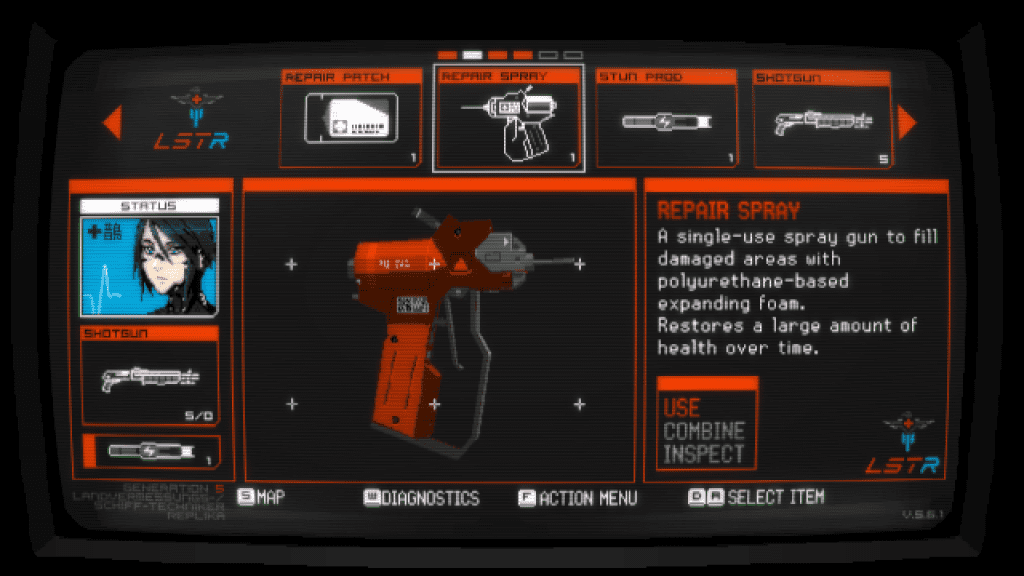
KI: I’d also call the combat “fine.” I think that the combat presents just enough friction and resistance such that it enhances the overall feeling of the game, which is all it really needed to do. If it was too easy, I think it wouldn’t fit the vibe the game is going for, if it was too hard, I think it would be frustrating and present too much of a roadblock to the average player actually finishing the game. On the base difficulty, I wouldn’t ever call this game difficult or challenging, and it struck that balance well.
AT: Yeah, I found the shooting difficult to get a hang of at first. It’s not the kind of gameplay I typically enjoy. If I hadn’t gotten in the zone with the vibes/story of the game, I think I would’ve bounced off of it.
JT: Agreed. I preferred the aspect of the game that bordered the combat; avoiding combats, using healing as a way to “ignore” rooms, partitioning bullets to clear specific rooms, etc. By far, to me, the most interesting part of the game is the lore that tinkers away in the background.
Beyond here, spoilers for ending of Signalis

The Beautiful, Broken World of Signalis
AT: Agreed, Jason, there’s great lore happening in the background of the game. Players can discover propaganda, mission archives, strange books, flashback memories, artwork… I spent hours trying to make sense of the island painting in Signalis. For the curious, there is so much to be found and discovered.
JT: The aesthetics were beautiful. I appreciated the gentle references to real-life propaganda with abstract shapes, human figures, and simple, authoritative wording. I thought all of the copy (that we could read) was well-crafted and the dialogue between characters interesting.
Obviously, we were in — or, at least imagining — an almost Soviet Russia-esque community where service for robots with organic features was mandatory. While I think the game handled this topic in a fascinating way through Elster’s POV as a footsoldier, the real meat (ugh) and potatoes came from entering Nowhere. The game did an excellent job teasing us with Nowhere’s meat halls and Rotfront’s constantly changing and expanding structure. It was difficult for me to know if this was simulated, if Elster was going insane, or if there was just some kind of eldritch entity-like virus corrupting everything. Indoctrination is a huge theme that splays out into aspects of religion, communism, and the homogeny of the clones of each woman.
CM: The aesthetics of Signalis bring together the potential of body horror and the sleek design of futuristic tech. Here too, the game feels like it is building on late ’90s and early ’00s games and media while reimagining them for players in 2023.
AT: Agreed, I personally found all the menu designs and everything stunning and very evocative of the totalitarian culture that Signalis is trying to communicate.
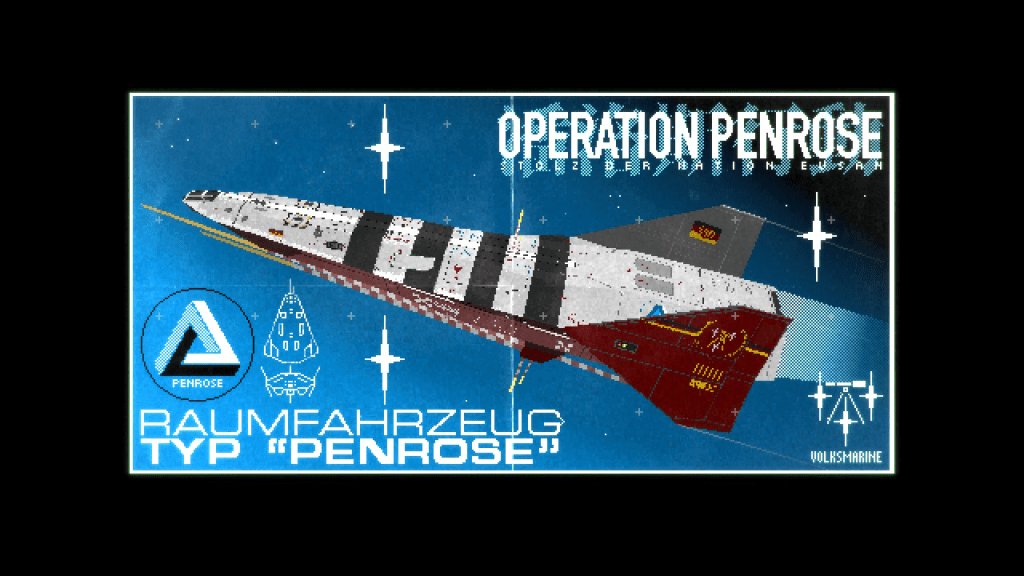
Feeling Our Way Through The Ending(s) Of Signalis
AT: Let’s talk about the ending(s). There is an initial fake ending where Elster dies, and a shortened version of the credits roll. The player is returned to the menu, though it looks slightly different, and you can actually keep continuing on for a couple more hours of gemplay.
I definitely got caught by the fake ending. I was both inspired (“wow, cool!”) and frustrated (“ugh, I logged out and now have to go do that whole previous level again) haha. Here’s the main point I eventually got to in my super long op-ed where I attempted to explain all the nuances of the endings, “Dreaming With Signalis”:
I think Signalis considers who we are when it really matters through the lens of an ostensibly a robot horror survival story. When we find ourselves at the precipice of a big decision, what will we choose? How will we act? Will we stand up for our friends against bullies? Can we be brave enough to let loved ones go? Will we choose to hide in our memories and live in the past, or, despite the pain and struggles, brave forward into the unknown?
Signalis reminds me of the famous line by Lord Alfred Tennyson, “Tis better to have loved and lost than never to have loved at all.” I think the developers at Rose-engine seem to agree. … Just like in Signalis, we’re all just trying to make sense of this incredibly emo and spooky love story, aka life.”
Ok, now that I’m done quoting myself (lol)…what do you guys think? Were you caught by the “fake-out” ending? What true ending did you get, and how did you feel about it? How did the story resonate for you/what do you think it “means”?
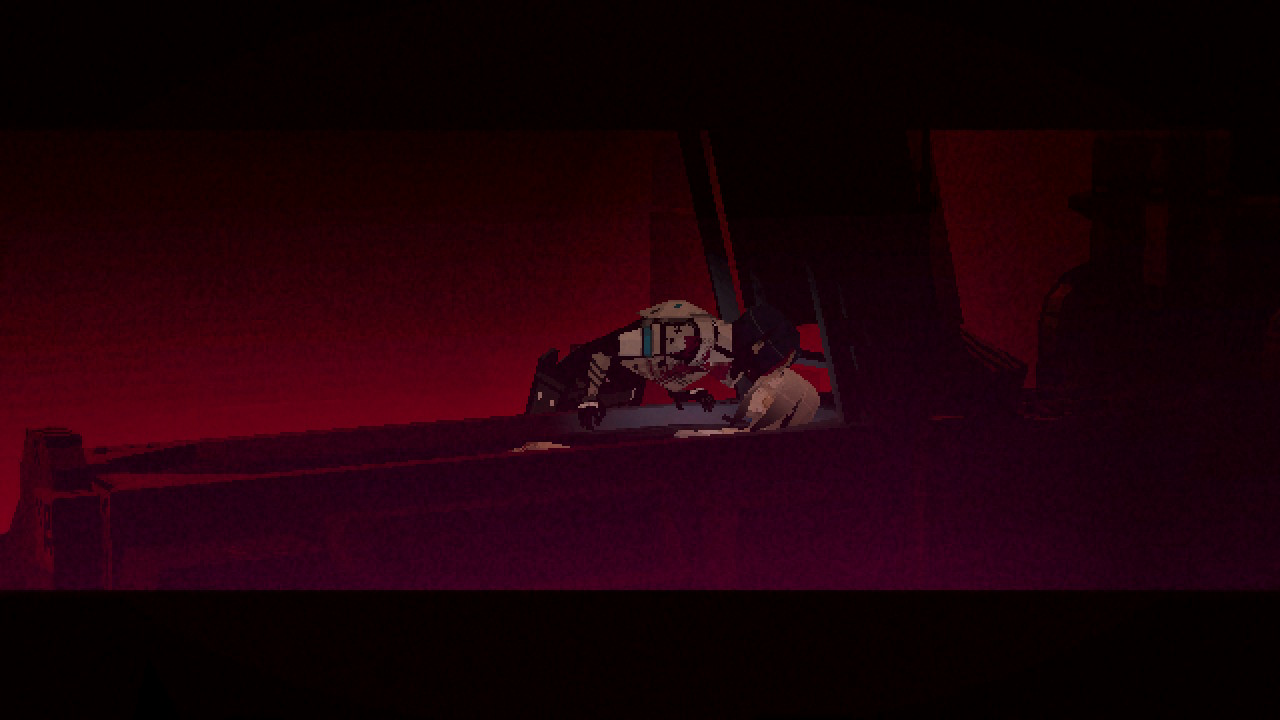
CM: I think it’s so wonderful that Signalis determines the ending you receive by how you play (combat choices, how many NPCs you talk to, books you read, etc).
JT: Unfortunately, I did have the fake ending spoiled for me, so that didn’t catch me as much as it deserved to (I was in call with a friend at time and it got him really good).
I got “MEMORY,” the middling ending where Elster simply sleeps by Arianne’s side. I took the ending very literally, so I think this is because Elster had seen enough violence — I was a murderhobo — and couldn’t bring herself to take her friend’s life after so many years in space. While I think that it’s safe to say that Elster was having shared experiences at the end of her life cycle, I like to believe that most of the events on that planet happened to her in some way.
KI: I did a quick check on HowLongToBeat.com before playing (just to plan out my time) but because of that, I wasn’t caught off-guard by the fake-out, no. (Editor’s Note: Main story, through the fake-out, is 9 hours, which the developers claim is a “true” ending but the longer version is closer to 12-13 hours.)
For my ending, I got the achievement VERSPRECHEN—which is to say, the Promise ending. Personally, I am not sure if the ending “meant” anything to me. I have to say that I was more intrigued by the mysteries of the game more than the actual emotional thrust of the finale; I can’t really do much but agree that living for centuries on your own is pretty miserable, and accepting death seems preferable to that.
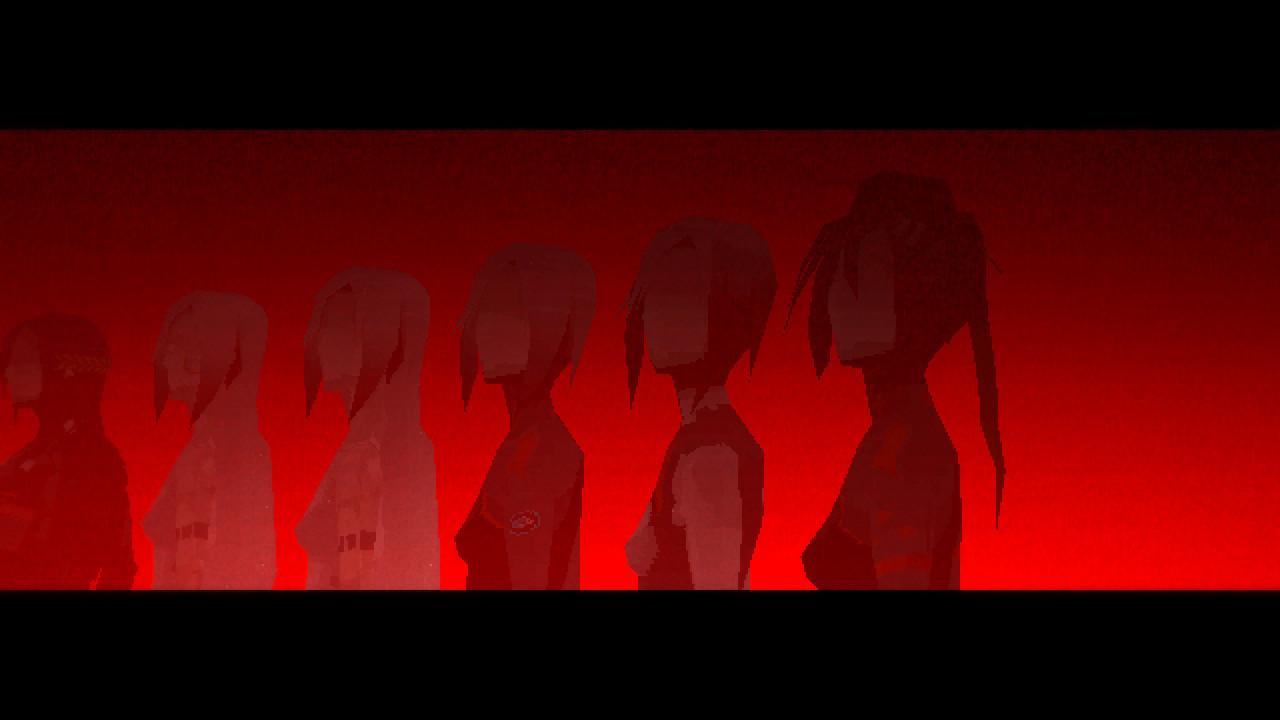
CM: I could never capture the ending(s) in the same way that Amanda did in her feature op-ed! (AT: Aww!) I was initially caught by the “fake-out” ending. I spent some time away afterward to play more of the Summer Backlog Challenge games, then came back to get a “real” ending. When I came back, I wished that I had made different play style choices. I unlocked the Memory ending—which ripped my heart out.
The game’s exploration of autonomy is fascinating to me (it is also interesting to put in context of some of the previous questions—the design itself seems to question and even challenge player-autonomy). It felt like it asked similar questions as its inspirations. If Metal Gear Solid 2 was the first postmodern video game, then Signalis feels like the first postmodern video game of the Covid-era—thoughtfully weaving together questions of isolation and autonomy within its kaleidoscopic structure/genre.
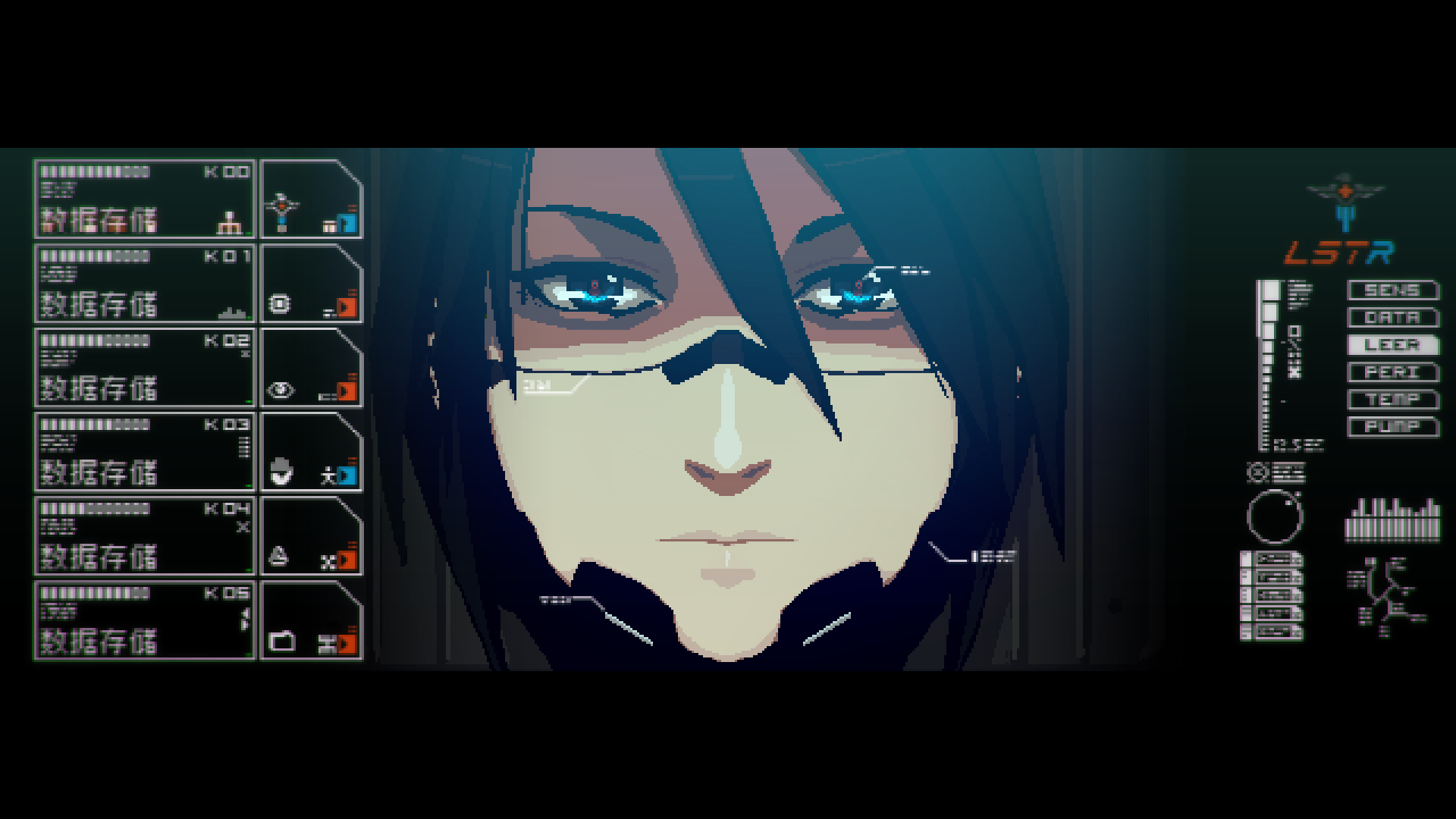
How Do We Define A Game Like Signalis?
AT: I’m really not sure what genre this game fits into. There are strange moments with first-person POV, flashbacks, music, and then more straightforward shooting zombie robot ladies. Who do you think Signalis is a good fit for? Does it remind you of other games?
JT: I think Signalis fairly rigidly sticks to the survival horror genre. While there are moments that permeate outside of that genre, most of the difficult gameplay moments — from boss fights to ferrying keys around to solve puzzles — can find their roots in those old school top-down games. However, like many conversations about genre, it is reductive to ignore the fascinating first-person sections and unique musical traits that make the game hauntingly familiar.
CM: Signalis is a kaleidoscopic game. As you move forward, the game/its images/its meaning is transformed, changed, shifted. I’d recommend Signalis to anyone who grew up or enjoyed playing the first two Metal Gear Solid games and thought their MGS needed more of the same horror elements from Konami’s Silent Hill or Capcom’s Resident Evil series.
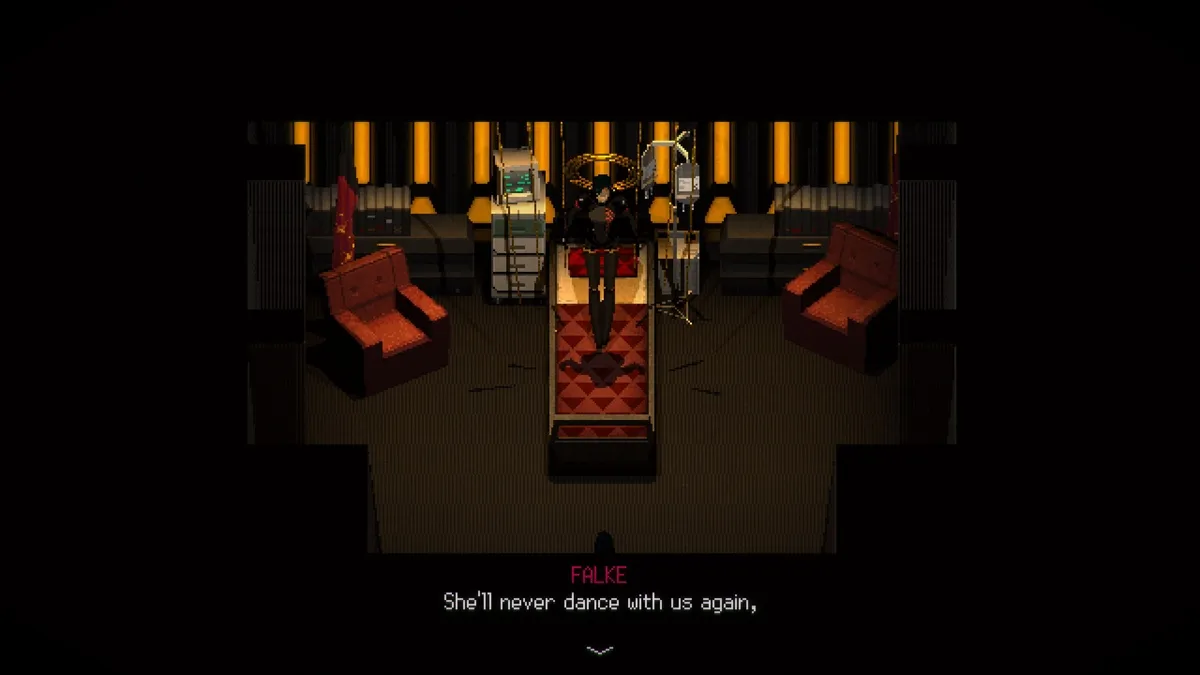
SM: Signalis looks really cool and achieves a particular vibe that will resonate with a lot of people, but I am just not one of those people.
KI: Signalis is a work to me that is heavily reminiscent, and even informed, by a select few other works as well as bevy of philosophical, anthropological, political, and societal concepts. The existence of co-dependent and co-created human-robot pairings and the name-dropping of the terms “Replikas” and “Gestalts” clearly harkens to the NieR series. The opening cutscenes contains a quote from an H.P Lovecraft short story, and there is a physical copy of the book “The King in Yellow” by Robert Chambers that you can stick in your inventory. Mentions of the deterioration of the boundaries of “self” into a group collective consciousness recalls the Human Instrumentality Project from Neon Genesis Evangelion, as do numerous other visual motifs.
The final image of Falke’s body pierced by spears, a red ocean, and overall montage-heavy style of some of the cutscenes are strongly reminiscent of “The End of Evangelion.” Perhaps the strongest influence here is the Silent Hill series, as the final third of the game descends into macabre body horror influences, and characters such as Isa and Ariane have notable thematic parallels. And that’s not even getting started on the numerous references to real-world concepts from psychology, anthropology, etc.
I think overall, if the idea of a game that touches upon many ideas, and many other works, a game that will leave you awake at night, wondering what the truth is, what is real, what it all means—then it is a game you owe it to yourself to try. Signalis is a labor of love—a game that loves the works that inspired it, a game of eldritch horror that questions the meaning of love altogether—and I’m glad I played it.
Signalis was developed by Rose-engine and published by Humble Games and Playism. The game was released for Windows PC, Nintendo Switch, PlayStation 4, and Xbox One on October 27, 2022. MRSP $19.99.
Editor’s Note: Signalis is on Game Pass for just a few more days through the end of October! Signalis is also on sale for $15.99 on Steam through November 2.






























